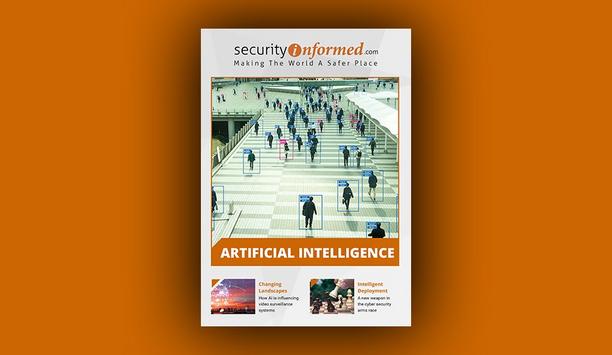In practice, 90 percent or more of burglar alarms are false, and studies have estimated the related arrest rate at about 0.02 percent. No wonder law enforcement responds as a low priority, if at all. In contrast, a video-verified security alarm provides the virtual equivalent of an eye-witness to a crime in progress, and responding to video alarms yields arrest rates in the double digits – 20 percent or higher. That's a thousand times higher than non-video alarms.
The Partnership for Priority Video Alarm Response (PPVAR) is a public/private partnership advocating the benefits of video alarms for insurance companies, law enforcement and security companies. Stakeholders in the battle against property crime are on the PPVAR board of directors, and the organization is working with police and sheriff's departments throughout the United States to drive new standards and best practices. Members of PPVAR's Video Verification Committee include members of the Los Angeles Sheriff's Department; Phoenix, Houston and Chicago police departments; and the Texas Police Chiefs Association.
Video Alarms Become More Useful with Improved Technology
Technology innovation has increased the usefulness of video to verify burglar alarms. “Surveillance camera prices are coming down,” says Keith Jentoft, president of RSI Video Technologies, which makes the Videofied product line of video-verified intrusion alarms. Such devices are now comparable in price to “blind” PIR (passive infrared) sensors commonly used for security alarms. “The hardware costs are cheap, and installation is easy with battery-powered and wireless devices,” says Jentoft, “monitoring costs are the same.” Jentoft is the Partnership Liaison for PPVAR.
Getting the most benefit from technology improvements depends on police dispatchers modifying their practices to give higher priority to video-verified alarms, in effect communicating the increased value and urgency of video alarms to police officers in the field. Only then can improvements in arrest rates for property crimes be realised. Central monitoring stations must move video-verified alarms to the top of their queues. Police can then treat a verified security alarm as a crime in progress. For example, in Grand Prairie, Texas, the response time for video alarms is less than 2 minutes, versus a 15-minute response time for non-video alarms. The department is realising a double-digit increase in arrest rates as a result.
Effective Action Against Property Crime With Verified Video Alarms
PPVAR is driving creation of best practices, defining what constitutes a video-verified alarm |
Law enforcement resources are diminishing, so property crimes tend to take a back seat to crimes against persons. With limited resources, it is critical that time spent on property crimes yields arrests. Video-verified alarms increase a department's efficiency when investigating property crimes.
The insurance industry is active on the PPVAR board of directors, motivated by a shared desire to prevent property crime through more arrests – for insurers, one arrested burglar is the equivalent of 30 fewer claims. “Insurers want to have lower claims, cops want to make more arrests, and the alarm industry wants to see greater security,” says Jentoft.
Establishing Best Practices and Standards
Greater implementation of best practices depends on evolution of standards and operating procedures for law enforcement. PPVAR is driving creation of best practices, defining what constitutes a video-verified alarm, what information is communicated to an emergency dispatch operator, formats for sharing video clips, etc. New standards will minimize false alarms and maximize arrests. Currently, there is a dearth of standards nationwide, and each police chief has typically set his or her own policy. A standardized policy could be easily adopted by individual departments, thus accelerating acceptance of video-verified alarms as higher priority calls. Involvement of police professionals in the standards-making process increases likelihood of widespread adoption of a uniform standard. Underwriters Laboratories (UL), which certifies central station standards, is also involved in PPVAR's standards initiative.
A free educational session at ISC West, April 3, 2014, in Las Vegas, NV, will feature law enforcement, insurers, and industry executives, available to provide information on how verified video alarms create stakeholder value.
Watch the Video Verification - How does it work? video to learn more.
 | Partnership for Priority Video Alarm Response (PPVAR) |










































